Mumbai was formerly known as Bombay. It stands on the islands, which, back in the colonial period, were connected by ferries and bridges. The location on the coast of the Arabian Sea allowed Mumbai to become an important transport hub of the country, including its largest port. The city is the first in India by the number of inhabitants. Poverty and wealth easily coexist in neighboring urban areas.
Tourists can, if desired, get acquainted with the different sides of Mumbai. For example, Europeans often stay at Colaba hotels and go on excursions to Dharavi, a vast slum with dense buildings and a million inhabitants. The contrast between these areas is obvious. In terms of architecture, a great legacy remained after the departure of the colonists. Most of the objects have been renamed, but outwardly they have retained their original features.
What to see and where to go in Mumbai?
The most interesting and beautiful places for walking. Photos and a short description.
- Gateway of India
- Colaba area
- Marine drive
- Chhatrapati Shivaji Station
- Palace Hotel Taj Mahal
- Dharavi
- Dhobi Ghat
- Sanjay Gandhi National Park
- Elephanta caves
- Caves of Kanheri
- Prince of Wales Museum
- Gandhi Museum at Mani Bhavan
- Jehangir Gallery
- Bhau Daji Lad Museum
- Haji Ali Mosque
- Siddhivinayak temple
- Mahalakshmi temple
- Mount Mary Basilica
- World Vipassana Pagoda
- Sri Sri Radha Gopinath Temple
- Bombay high court building
- Sea bridge Bandra - Worli
- Water Kingdom and EsselWorld
- Juhu beach
- Bollywood
Gateway of India
Triumphal arch in mixed style was built in honor of the visit to India of King George V and Queen Mary. The work dragged on until 1925, so that the monarchs managed to see only the layout of the project. The height of the building is about 26 meters. There are gates in the city harbor at a distance from the access road and come close to the water. On the sides there are identical halls, each can accommodate up to 600 people.
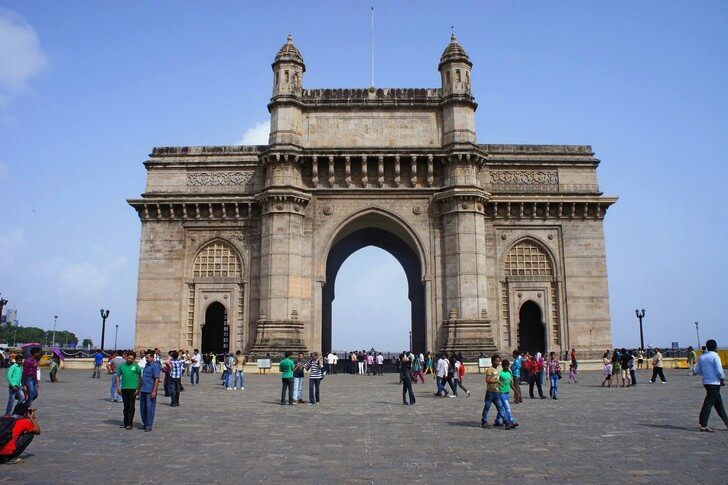
Colaba area
It was formed as a colonial region, as it attracted Europeans for settlement. Majestic and massive mansions, standing against the backdrop of skyscrapers, impress visitors. Budget and decent quality hotels are popular with travelers. This part of the city is relatively quiet and has a lot of greenery. In the evening, the streets are filled with stalls with souvenirs, clothes, and jewelry.

marine drive
The embankment was built along the Back Bay. Its length is about 4 km. Wealthy people live in this area. The house of the state governor is also located here. In 1961, an aquarium was opened on Marine Drive, which remains one of the best in India to this day. In the evening, it becomes clear why the embankment is also called the "Queen's Necklace": thousands of lights are lit, and they look like small pearls.
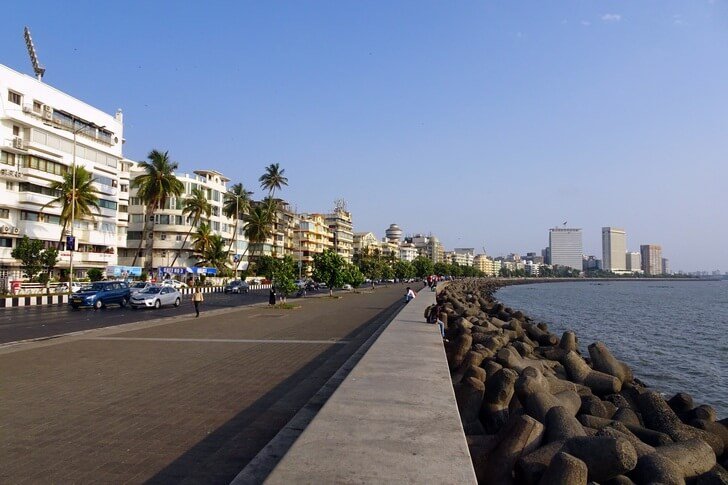
Chhatrapati Shivaji Station
The main railway station of the city was under construction for 10 years, until 1888. At the same time, the station began to work earlier. The prototype of the project of the architect F. W. Stevens was the English railway station in St. Pancras. The building was listed as a UNESCO World Heritage Site in 1994. Two years later, the station, originally named after Queen Victoria, was renamed after a national Indian hero.
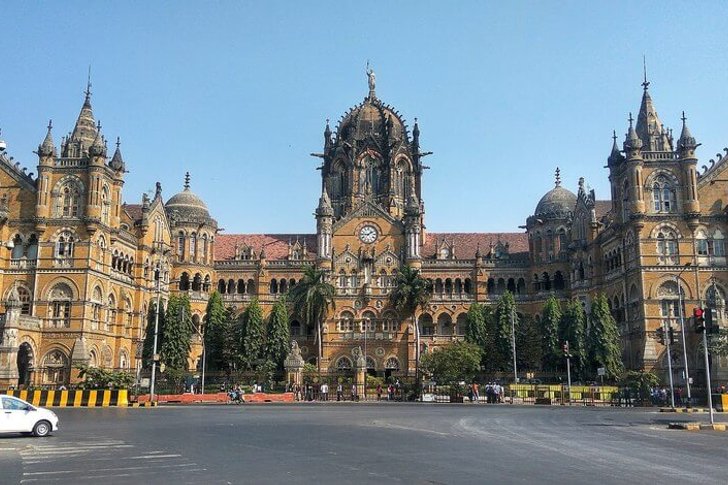
Palace Hotel Taj Mahal
It has existed since the beginning of the last century. Height - 7 floors, the total number of rooms - 500. The interiors of each room are unique. When finishing, European materials were used. Part of the design of the building was carried out by Gustav Eiffel. The hotel overlooks the Arabian Sea. There is a swimming pool in the courtyard. The Taj Mahal has the best restaurants in Mumbai. The place is significant: it was here that the independence of India was declared.
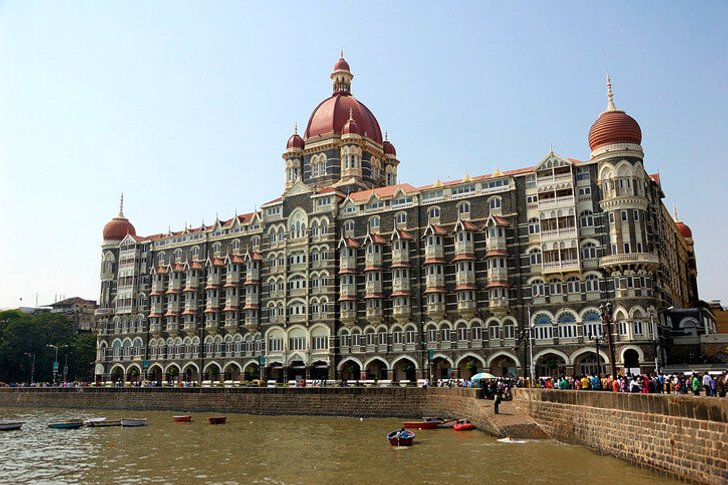
Dharavi
The slums are located in the center of the city. The population is approaching one million people. The buildings are literally stacked on top of each other. The density is very high, which already threatens the city with serious consequences. The area is very poor and colorful. In the past, the area was inhabited by fishermen and those who worked in the mango swamps. When the reservoirs dried up, the active population left, and migrants from other states of India took over their shacks.
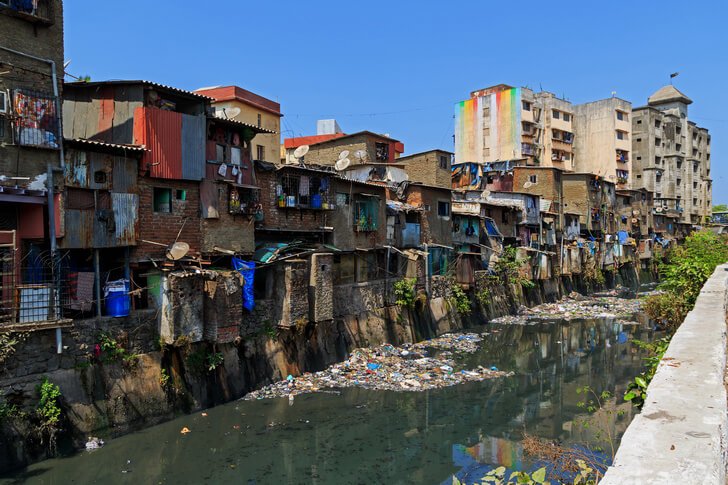
Dhobi Ghat
This is the largest laundry in the world. The area is 10 hectares, there are several levels. The washing process takes up to 3 days and includes drying and ironing. About 700 families work in Dhobi Ghat. The father passes the skills and position to the son. The work is physically hard, so only men are involved. They beat the laundry against concrete bathtubs, then lay it on the roofs or hang it up. Irons are used only coal.
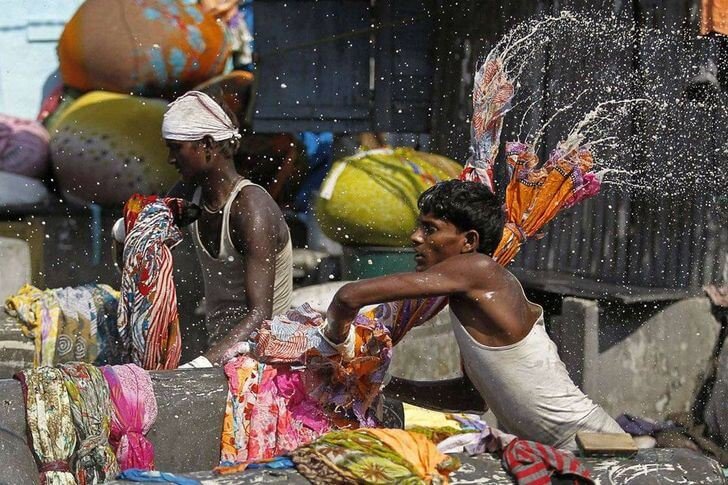
Sanjay Gandhi National Park
It bears the name of the deceased son of Indira Gandhi. The park is spread over a hilly area, where there are about a thousand species of plants. The animal world is also diverse. There are predators, such as leopards, herbivores, such as hares, and many snakes. The most popular entertainment in the park is the lion safari. And the main attraction is Kanheri Caves - a place for Buddhist pilgrimage.
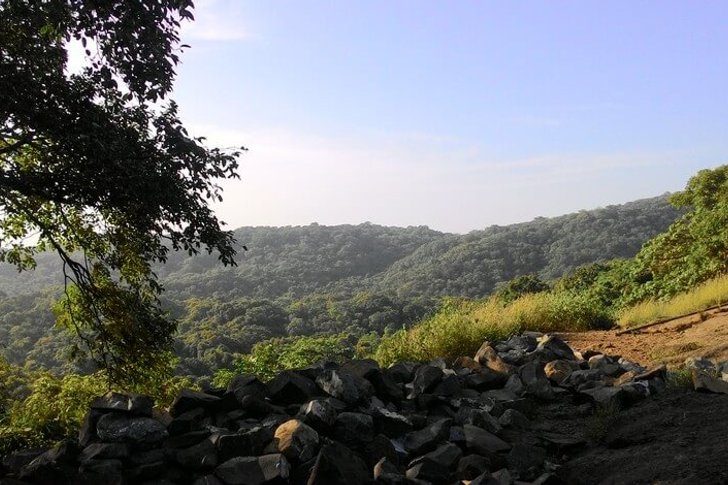
Elephanta caves
In the past, the island on which the caves are located was called Gharapauri. The current name came about when Portuguese explorers found an unusual elephant statue in one of the caves. A ferry runs from the pier to the island. On the other side, you can walk to the natural beauties on foot or use special trailers. The paintings in the cave halls are dedicated to Shiva. There are stone sculptures in the inner temples.
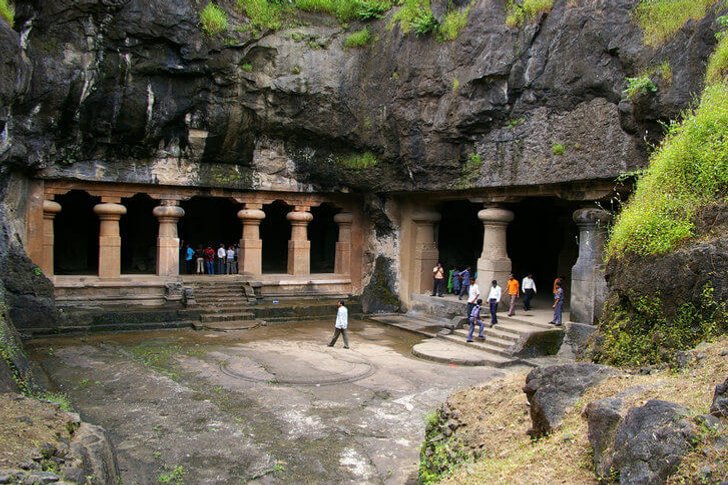
Caves of Kanheri
The temple and monastery cave complex is considered the largest in the world. Buddhists created it back in the 3rd century BC. Subsequently, the premises were expanded, new ones were added. Buddha images were carved right on the walls. A total of 109 interconnected caves are known. Not everything is shown to tourists. Particularly noteworthy are the large hall for prayer, the hall sandwiched between stones, hall No. 34 with paintings on the ceiling.
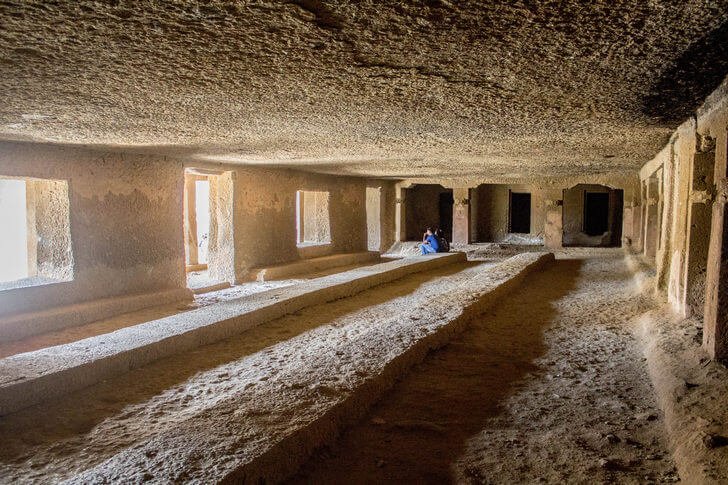
Prince of Wales Museum
Located near India Gate. Both projects have the same architect - D. Whittet. The foundation stone was laid by George V. The building was completed by 1915. However, during World War I, a hospital and a children's center were located here. The exposition was opened in 1922. There are three main themes: art, archeology, natural history. In XXI its official name was the name of the founder of the Maratha Empire.
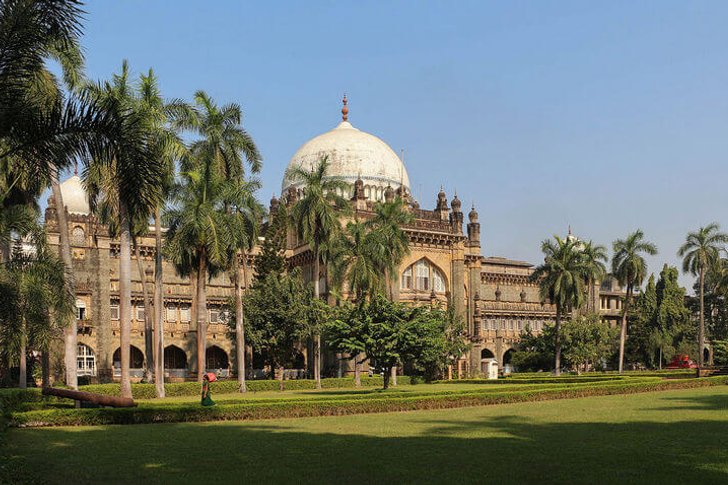
Gandhi Museum at Mani Bhavan
The house where the museum collection is stored, Gandhi often visited during his lifetime. It belonged to a friend of the leader of the nation, and key issues regarding the independence of the country were resolved here. The building was later donated to the National Gandhi Memorial Foundation. Near the entrance there is a monument to him. The first floor was taken over for photos and press materials, and part of the office was also recreated. On the second floor, the interiors of the past are preserved.
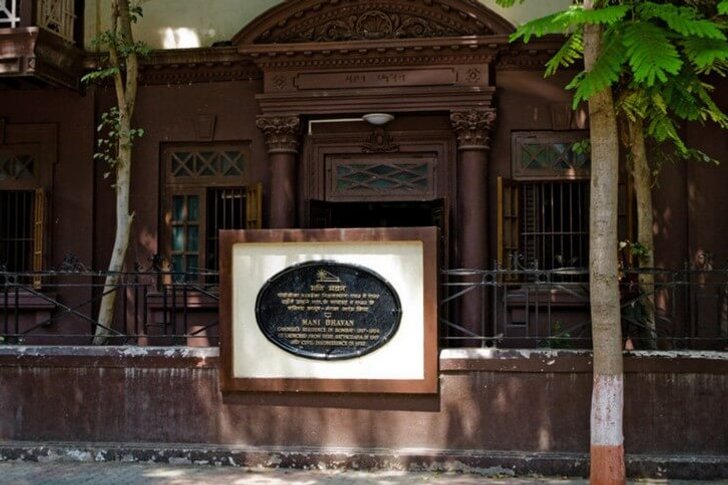
Jehangir Gallery
The main museum of modern art in the city. The exposition is exhibited in 4 halls. The collection includes paintings by Indian artists, sculptors and photographers. To get the opportunity to present your work in the gallery is a chance to become famous. Some young masters are waiting for the opportunity to arrange an exhibition in Jehangir for several years. Near the entrance and along the street are dealers in paintings and souvenirs.
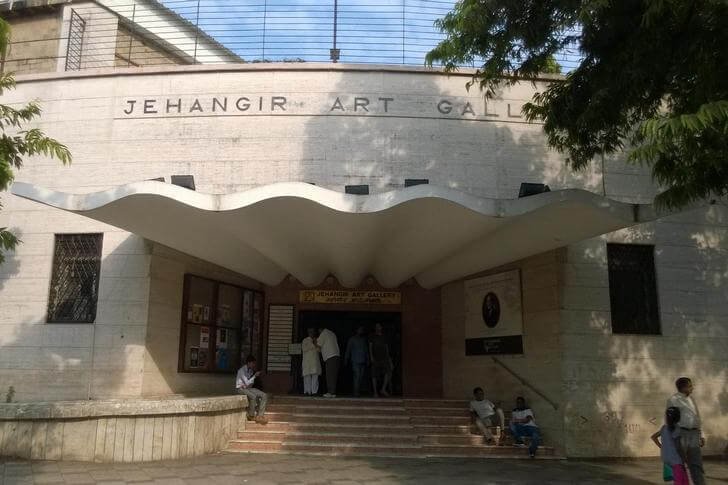
Bhau Daji Lad Museum
The oldest museum in the city. Founded under the names of Victoria and Albert. In 1975, it was renamed in honor of the famous local doctor and antiquarian. The collection is extensive and includes: maps, rare photographs, examples of applied art. The museum has a library with a collection of old books in several languages. In front of the entrance is a statue of an elephant dating back to the 6th century.
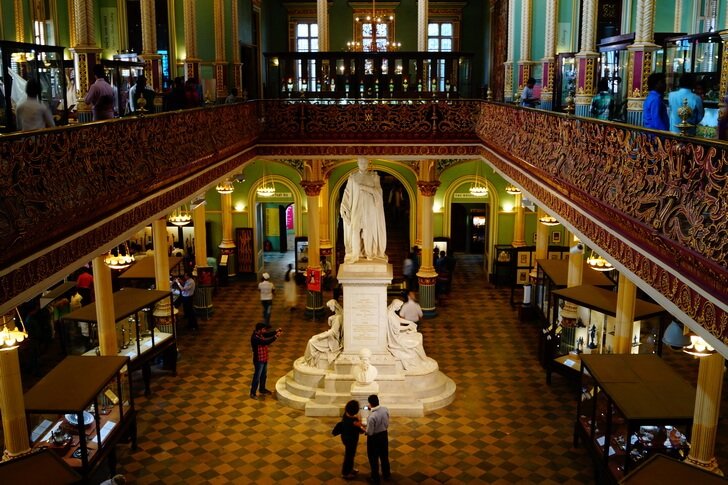
Haji Ali Mosque
First of all, the location is interesting. The mosque is built on an island off the coast of Mumbai. Named after its founder. The merchant Haji Ali renounced everything and went on a pilgrimage. He could not get to Mecca, his body was returned to the mosque and buried here. At low tide, the mosque can be reached from the city by a narrow road. The structure is slowly collapsing due to natural features.
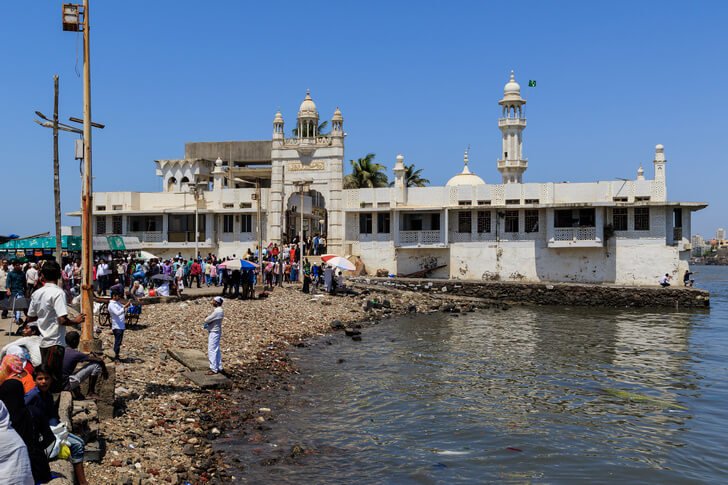
Siddhivinayak temple
Construction was completed in the first years of the century before last. However, the current form of the temple acquired later. Almost 100 years after its founding, additional premises were added, including a guest house and places for employees to relax. There was also a small artificial pond. Dedicated to Siddhivinayak god with the head of an elephant - Ganesh. In one of the halls there is a statue of him, made of monolithic stone.
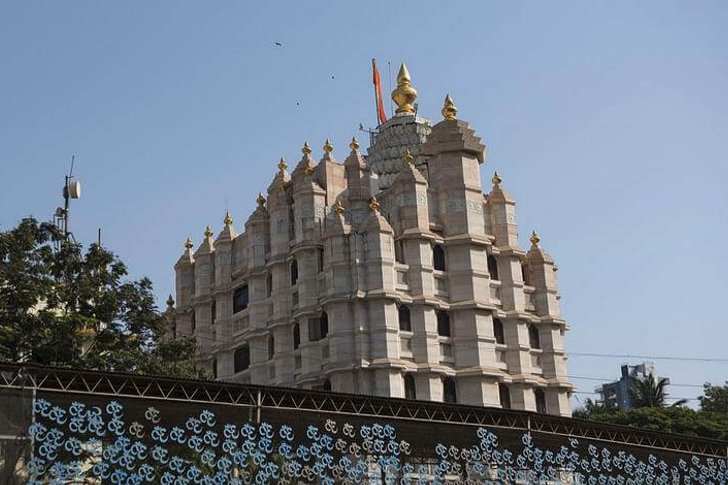
mahalakshmi temple
Built in 1785. Dedicated to the goddess of prosperity, wealth and good luck. A legend is connected with the appearance of the temple. Allegedly, the British engineers and their Indian assistants could not connect all the islands of Mumbai together. Goddess Lakshmi, through a dream, indicated the place where her statue was buried. As soon as the artifact was dug up, luck returned to the project. In gratitude for the help in the work, the goddess received the temple.
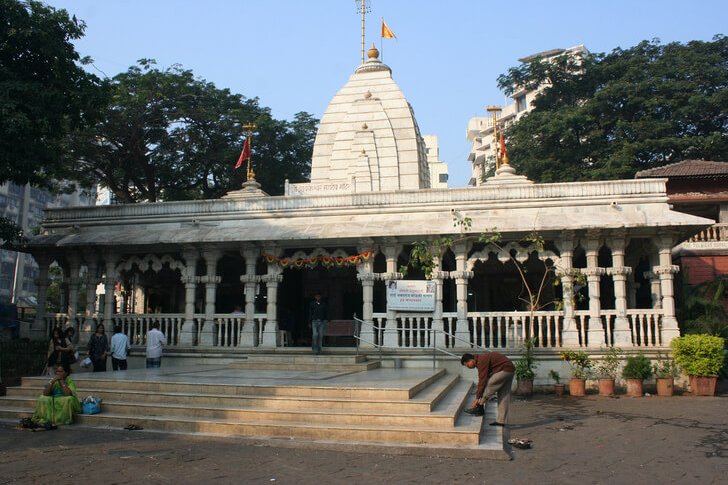
Mount Mary Basilica
The first prayer house on this site was built by the Jesuits in 1570. The altar was decorated with a statue of the Virgin Mary, which was brought from Portugal. Later, the building was converted into a chapel, the sculpture was lost, and rebuilding began again. The current basilica appeared by 1904. It has gothic features. Interior and exterior design is rich in small details. On holidays, the ringing of bells is heard throughout the district.
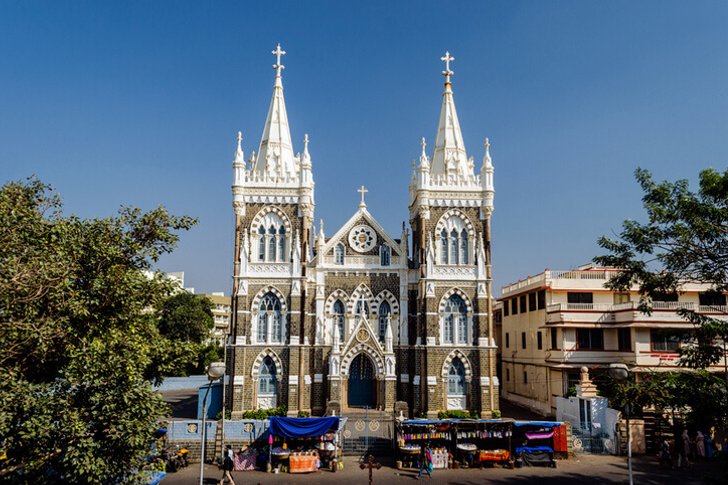
World Vipassana Pagoda
An exact copy of the Shwedagon stupa in Yangon was built over 11 years. A particle of the relics of the Buddha, donated by Sri Lanka, was immured in one of the stones. The pagoda opened its doors to all those interested in 2008. The complex includes several other objects. Among them: a meditation hall, an art gallery, lecture rooms, a library. 8,000 people can pray and meditate here at the same time.

Sri Sri Radha Gopinath Temple
Built by 1988, supposedly one of the prophecies was fulfilled in this way. Many statues were installed in the temple - dedications to deities. After some time, I had to urgently strengthen the foundation and make a few more important changes in the design. On major holidays, Hare Krishna pilgrims from all over the country gather here. The temple is surrounded by a garden, a restaurant and a gift shop.
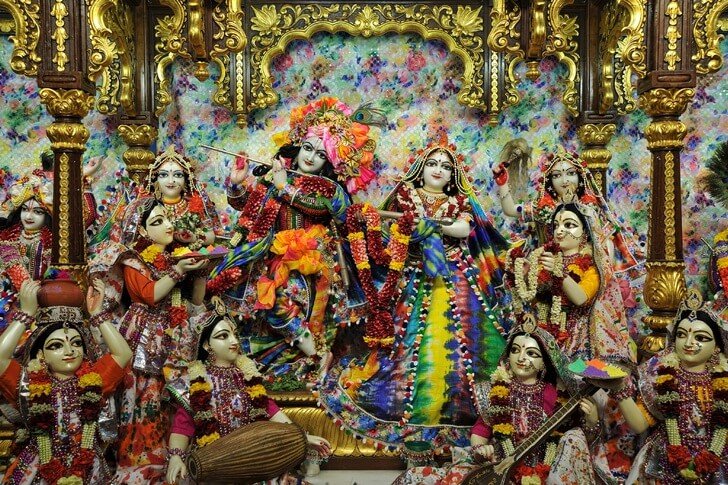
Bombay high court building
It was built until 1840. This building is an example of neo-gothic colonial architecture. German castles were taken as the basis for the design. They are distinguished by monumentality, reliability and clarity of lines. All of the above is symbolic for the Supreme Court. There are some features in the design. For example, a bas-relief: a one-eyed monkey is played with the scales of justice.
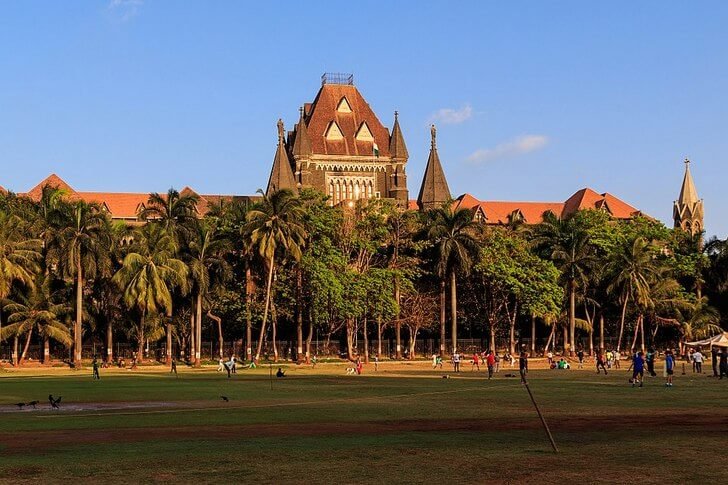
Sea bridge Bandra - Worli
Cable-stayed bridge with a paid passage. The length is more than 5.5 km. According to this indicator, the longest surface ship in India. Connects two urban areas. The opening of the bridge made it possible to reduce travel time for some routes by 10 times. It is stated that the design is able to withstand an earthquake of 8 points. Since the bridge is blown by the winds, two- and three-wheeled vehicles cannot move along it.
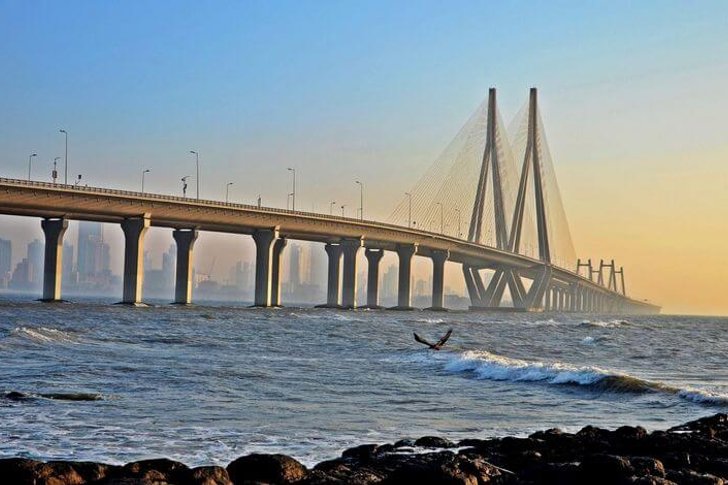
Water Kingdom and EsselWorld
The water park was built in 1998 and is part of the amusement park. "Water Kingdom" is divided into the following sectors: "Vetlanik", "Laguna", "Miss Fisli's Hill", "Adventures in the Amazon", a children's area. They are stylized in different ways, in some children can only be under the supervision of adults. EsselWorld opened in 1986. There are extreme attractions, as well as something like carousels for the little ones.

Juhu beach
The second most popular beach in the city. At the same time, in some periods it is even more lively than Chowpatti. The length is about 6 km. The coastal zone is built up with first-class hotels and mansions. Some of the owners are Bollywood stars who have long chosen this beach for relaxation. Cricket games are played on the sand. The area is famous for its picturesque sunsets. Nearby is the temple complex of Hare Krishnas.
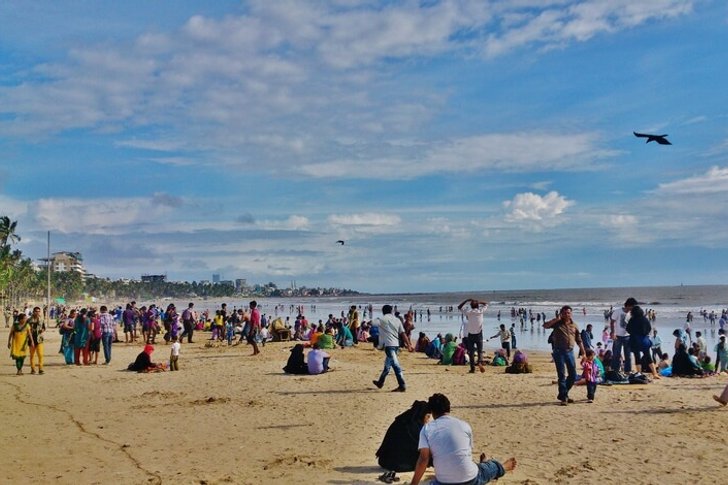
Bollywood
The film industry of the city, the term refers to films produced in Mumbai. 14 studios and 44 venues are concentrated on a vast territory. There are two types of excursions available for tourists. The Mumbai Filmcity Tour's bus ride will teach you a lot about the history of Bollywood, while the Live Show Tour will be more for those who want to visit the set.
